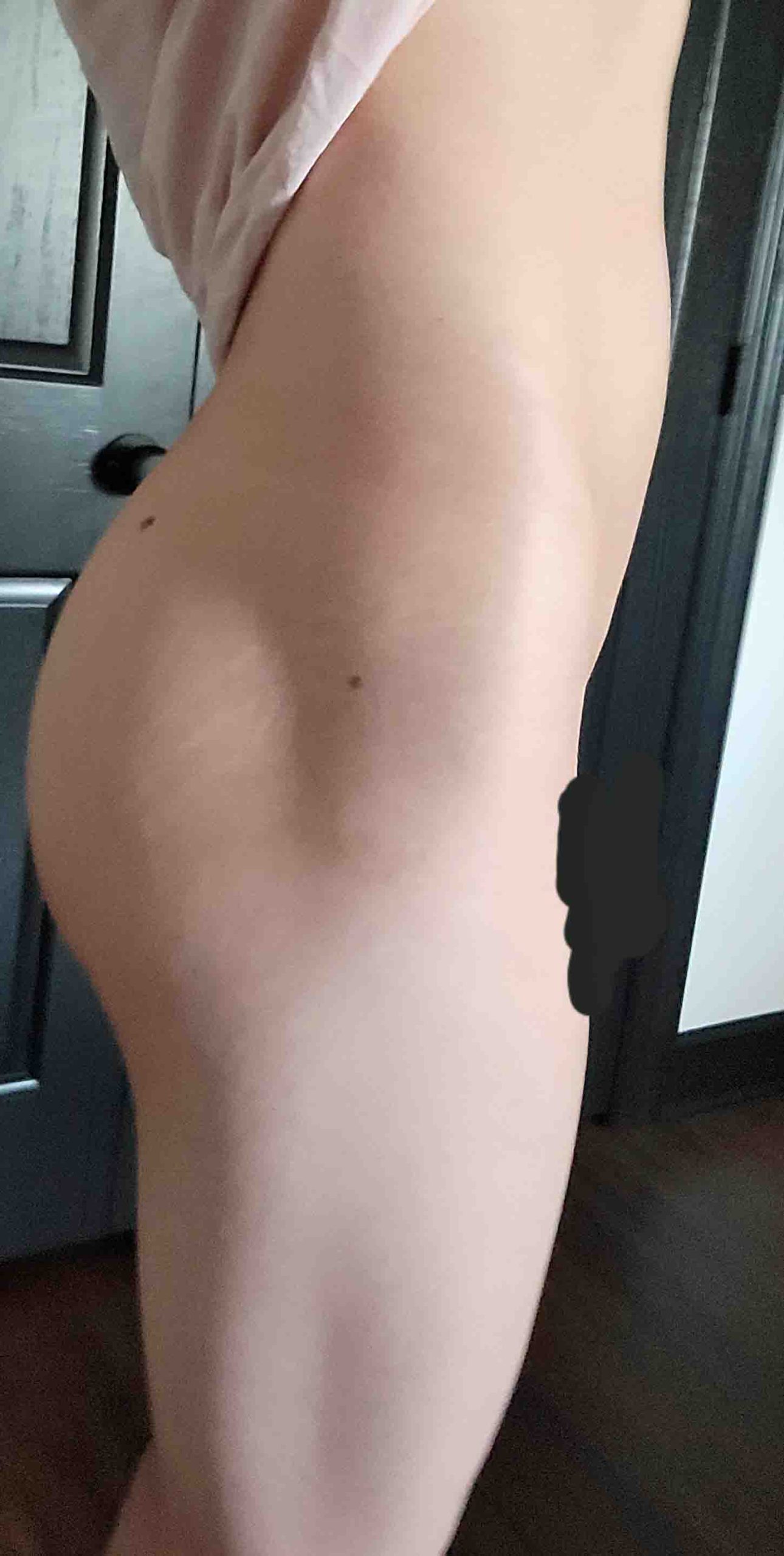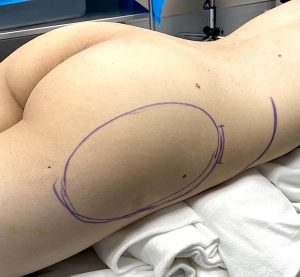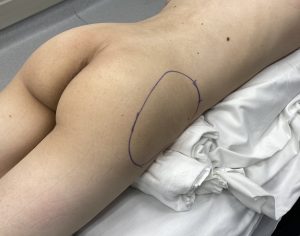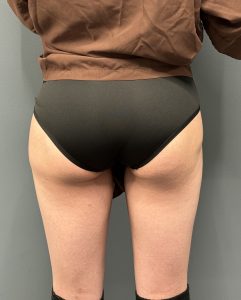Background: Hip augmentation poses challenges regardless of whether done by injection methods or an implant. Injectable fillers are the non-surgical approach but in the U.S. the lack of permanent FDA-approved fillers make this a long-term costly treatment option. Fat injections are an autologous option and their placement is often done at the time of BBL surgery. But the track record of hip fat injections is poor so its main benefit is that it is complication free. Conversely implants offer assured volume retention but with that benefit comes all the typical risks of implant placement anywhere in the body. Hip implants, however, offer a unique set of potential complications given the implantation site. As a result implants in the hip area should be used judiciously.
There are numerous reasons for hip augmentation but one very specific one is correction of hip dips. Also known as trochanteric depressions they are the inward curves that occur below the iliac crests of the hip bones and the greater trochanteric bone prominence of the femur. Their occurrence depends on genetics and the shape of the hip bones. While normal in both genders they can be of aesthetic disturbance. They often are particularly pronounced in thin/lean patients due to a thinner subcutaneous fat layer where the depression is accentuated.
Hip dips present the best opportunity for a hip implant to be successful, primarily because what is asked of it is less than in other hip augmentation requests. A decreased implant footprint and volume reduces the risk of fluid collections (seromas), implant edging and folding…but these risks can never be completely eliminated.
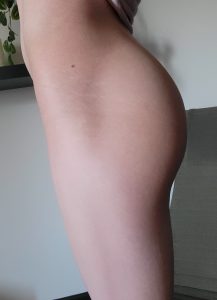
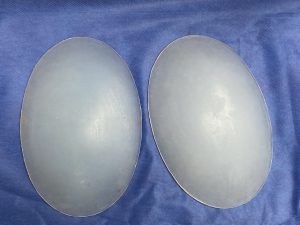



Hip implants are one of the most challenging of all body implants to get good results without complications due to the unique pocket location. A vertically oriented pocket in the suprafascial locati0n with a thin subcutaneous fat layer. What makes it particularly unique is its long vertical implant orientation which. makes its inferior third prone to bending in the subcutaneous pocket location. This is why the implant’s durometer (stiffness) should not be ultrasoft as this just worsens the risk of implant bending.
Key Points:
1) Hip dips are a common request for implant augmentation when injectable fat grafting has failed.
2) Hip dip implants have a lower potential for risks than larger hip implants due to their smaller size…but the typical thin patient in which they are used may negate some of that lower risk profile.
3) Increasing the durometer of the hip implant can lower the risk of inferior bending but it will feel stiffer.
Dr. Barry Eppley
World-Renowned Plastic Surgeon

